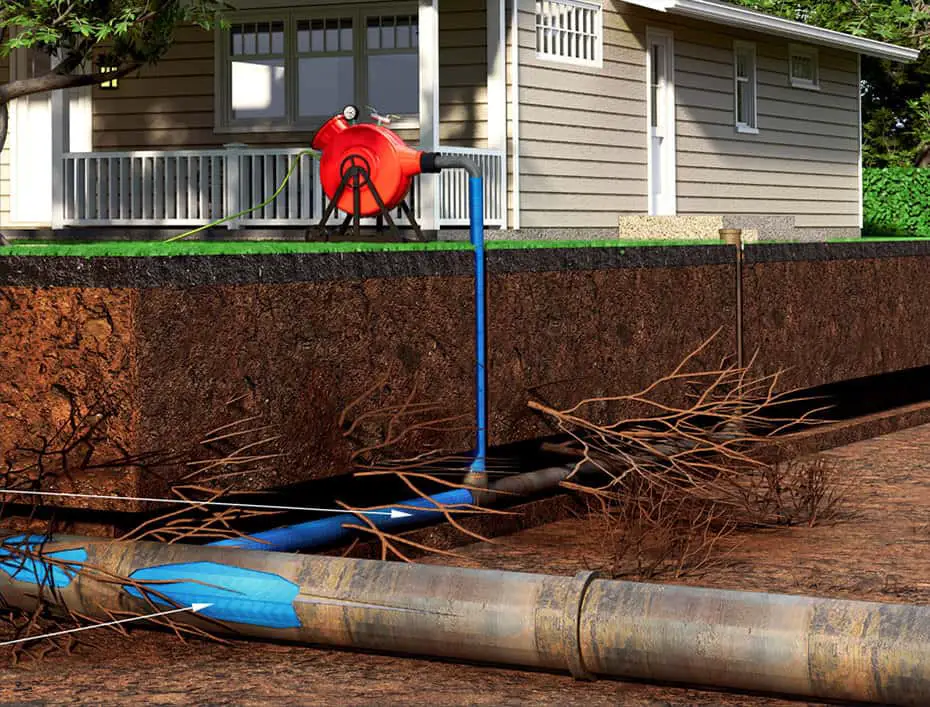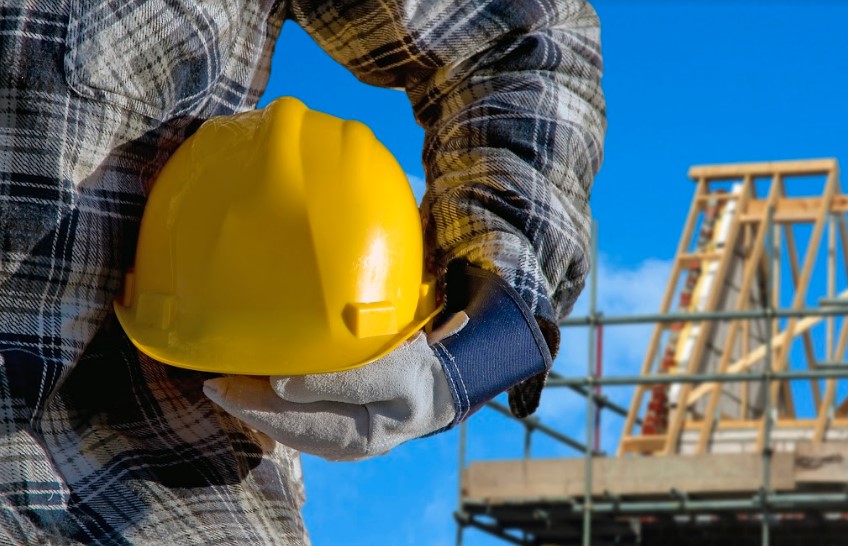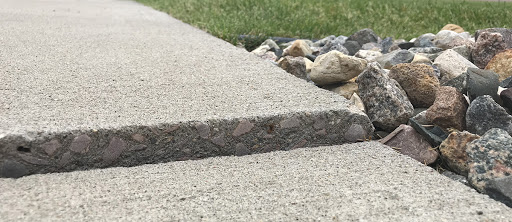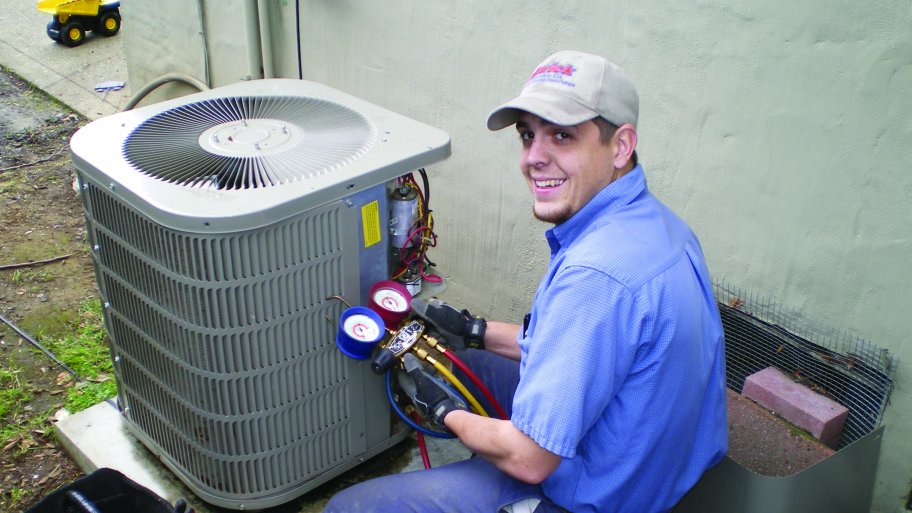The tap-tap-tap of a plumber’s hammer and the sight of dug-up gardens were once synonymous with drain repair. Traditional plumbing methods, while effective, often resulted in massive disruptions. As the world gravitates towards sustainable and efficient solutions, the plumbing industry is at the forefront of this change. Enter the future: trenchless drain repair.
What is Trenchless Drain Repair?
Picture this: fixing a broken underground pipe without tearing apart your pristine lawn or driveway. Trenchless drain repair promises just that—a technique enabling professionals to address drain issues without extensive excavation. This method hinges on cutting-edge equipment like CCTV cameras for diagnosis and specialized lining materials for repair.
Trenchless Techniques and Residential Properties
One might assume that trenchless techniques are reserved for sprawling cityscapes, but they’re making waves in residential neighborhoods as well. Homeowners are rapidly recognizing the value of these methods. No longer does a damaged drain mean weeks of construction noise, uprooted gardens, and disrupted daily routines. Trenchless solutions in homes safeguard cherished landscapes and drastically reduce repair times. The peace of mind knowing that potential plumbing problems won’t turn one’s home upside-down is invaluable. As these techniques become more commonplace and accessible, residential areas stand to gain immensely, not just in terms of infrastructure health but also in preserving the aesthetic appeal and tranquility of homes.
Trenchless Techniques Explored
Dive deeper, and you’ll discover various methods within this approach:
- Cured-In-Place Pipe (CIPP) Lining: This technique involves a resin-saturated felt tube, which is inserted into the damaged pipe and cured in place with heat or UV light. It essentially offers the old pipe a resilient inner lining, making it especially useful when the external structure remains solid but demands internal reinforcement.
- Pipe Bursting: For pipes beyond mere lining repair, pipe bursting comes into play. A bursting head is propelled through the old pipe, breaking it, while trailing a brand-new pipe in its wake. It’s trenchless, yet transformative—a total replacement sans the digging chaos.
- Slip Lining: As the earliest trenchless technique, slip lining involves placing a slightly smaller, new pipe into the pre-existing one. While it might slightly reduce flow, it serves as an expedient solution for deteriorating drains.
- Point Repair: Not all damages mandate an entire line overhaul. Point repair hones in on the specific trouble spots, addressing only what’s compromised.
Advantages of Trenchless Drain Repair
-
Environmental Benefits:
The green revolution extends to plumbing. Trenchless methods result in minimal land disruption, safeguarding the flora and producing notably less waste.
-
Economic Implications:
While the initial costs might seem steep, the long-term perspective paints a different picture. Savings on property repairs and landscape restorations add up. Coupled with quicker repair timelines, labor expenses diminish too.
-
Longevity and Durability:
Trenchless repairs aren’t mere stop-gap arrangements. Materials like epoxy resins used in CIPP promise a longer lifespan, often outlasting their traditional counterparts.
Limitations and Considerations
Despite their prowess, trenchless techniques have their constraints. Grappling with severe pipe collapses or substantial joint failures might still warrant traditional excavation. Thus, seeking a professional evaluation is paramount. Remember, the best solutions always hinge on accurate applications.
The Impact on Modern Infrastructure
In the sprawling tapestry of urban landscapes, trenchless repair techniques are weaving significant changes. Cities, burdened with age-old plumbing systems, are witnessing the benefits of trenchless repairs. The reduced physical footprint of these methods means less traffic disruption, fewer road closures, and minimized public inconvenience. This is especially crucial in densely populated areas where traditional excavation can wreak havoc on daily life.
Furthermore, as cities become more technologically advanced, integrating smart systems and IoT (Internet of Things) into infrastructure, the precision and reduced invasiveness of trenchless techniques align seamlessly. Think of smart cities where real-time monitoring of pipelines can detect potential issues, and trenchless solutions come into play for timely interventions without major upheavals. In essence, trenchless techniques are not just a remedy but a proactive approach to urban development and sustainability.
The domain of plumbing, often regarded as unchanging, is in fact brimming with innovation. Trenchless drain repair techniques, with their myriad benefits, signal a paradigm shift in how we perceive and tackle drain repairs. As we sculpt our modern habitats, it’s invigorating to witness an industry evolving, offering solutions that champion efficiency, sustainability, and respect for the environment.






